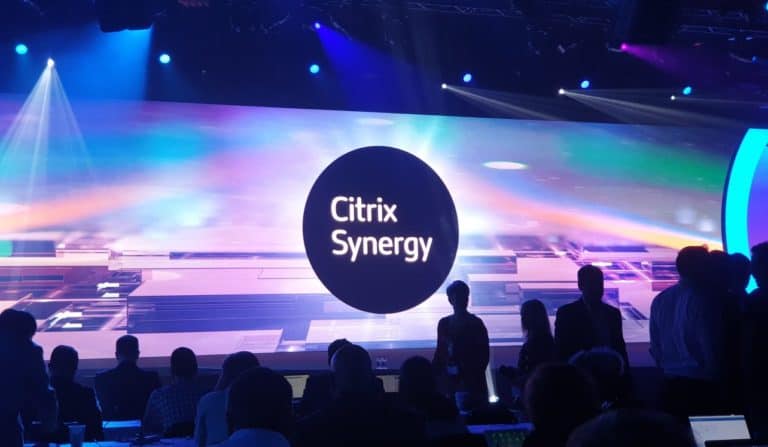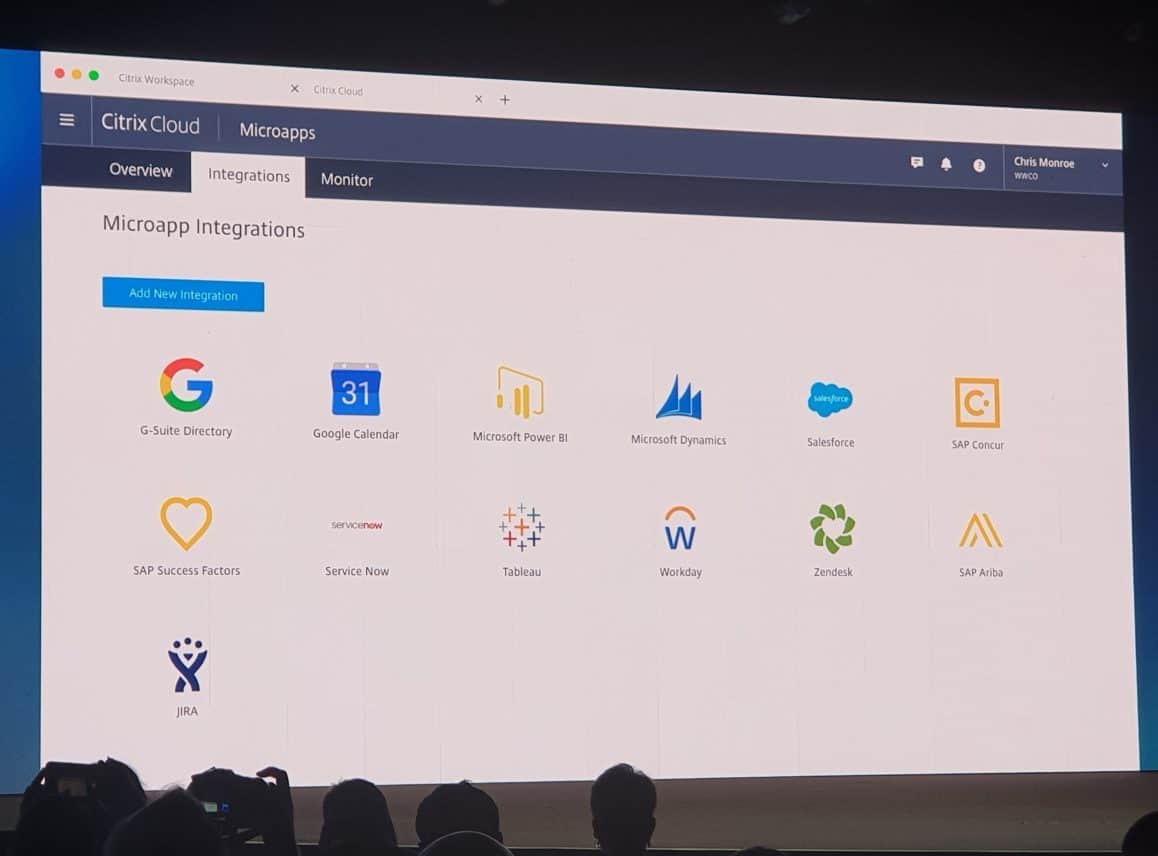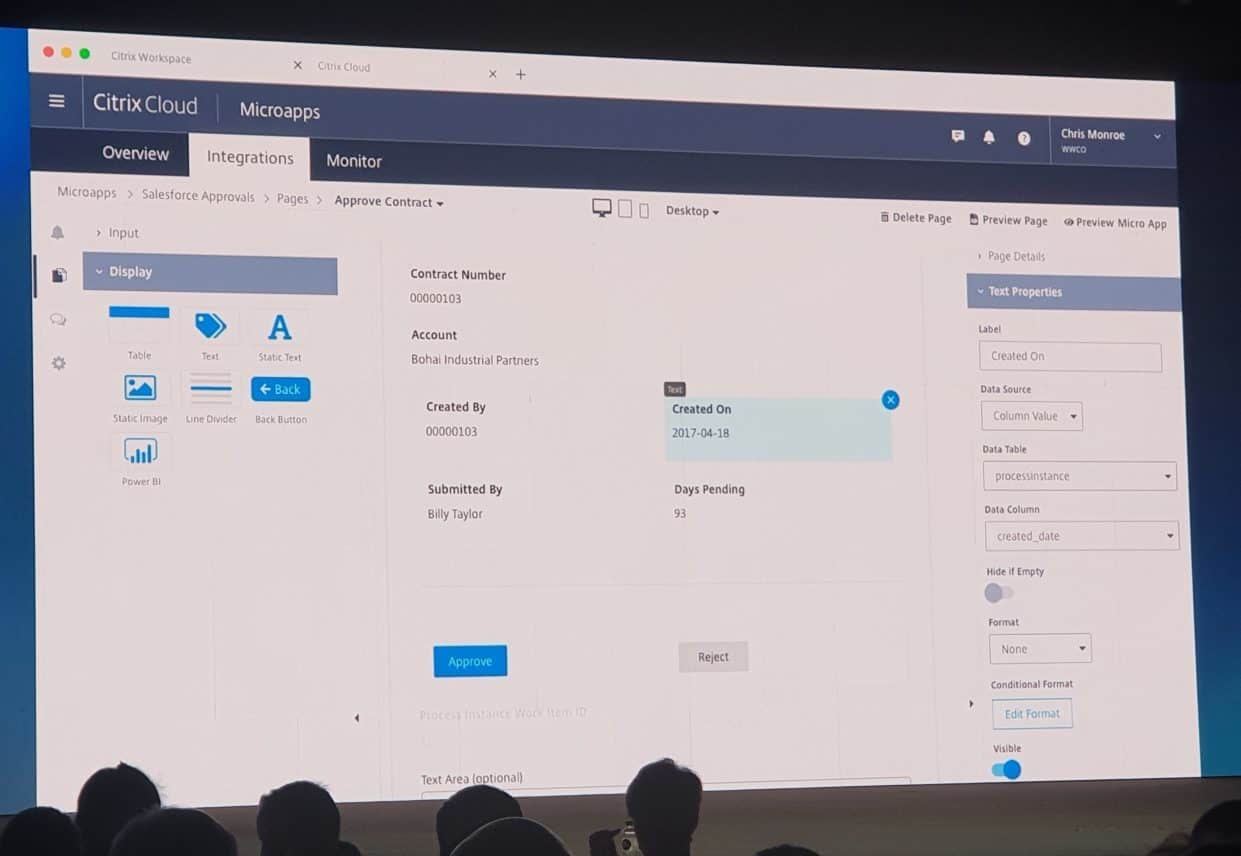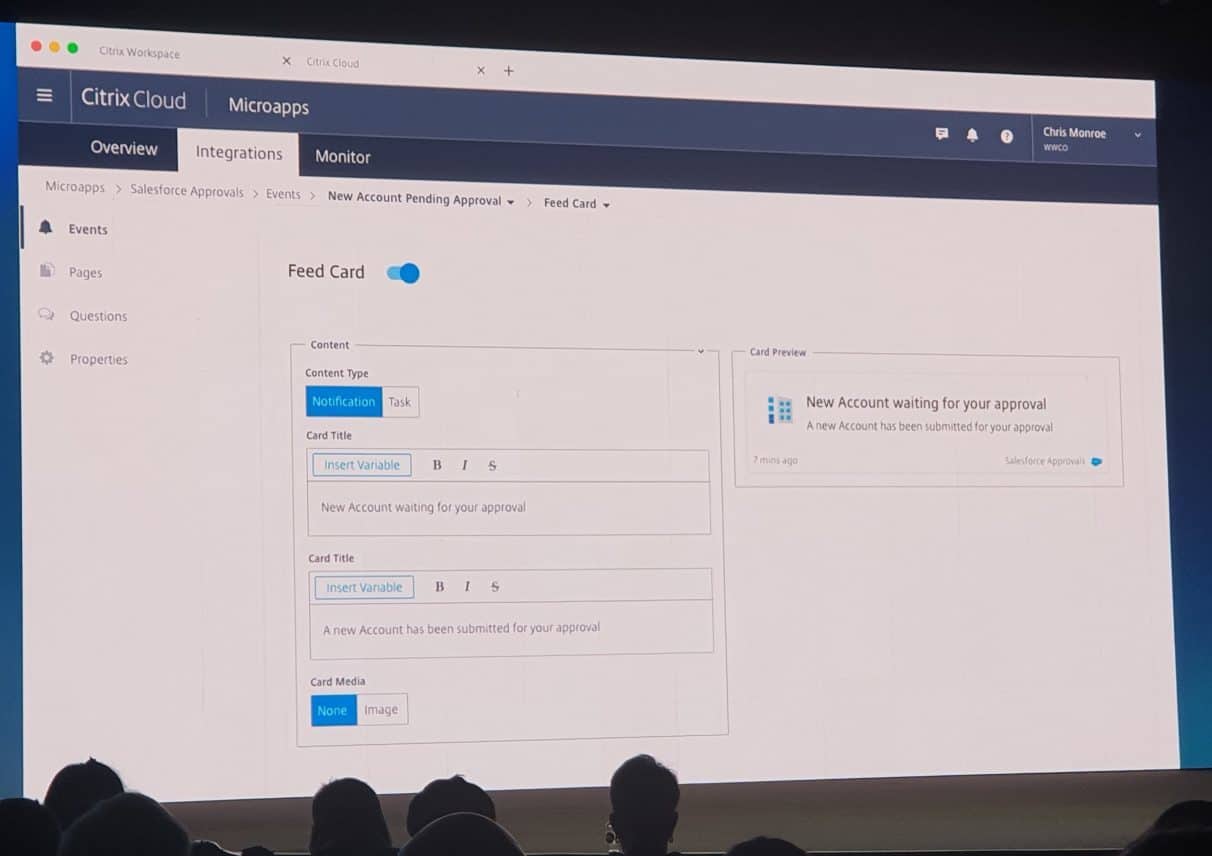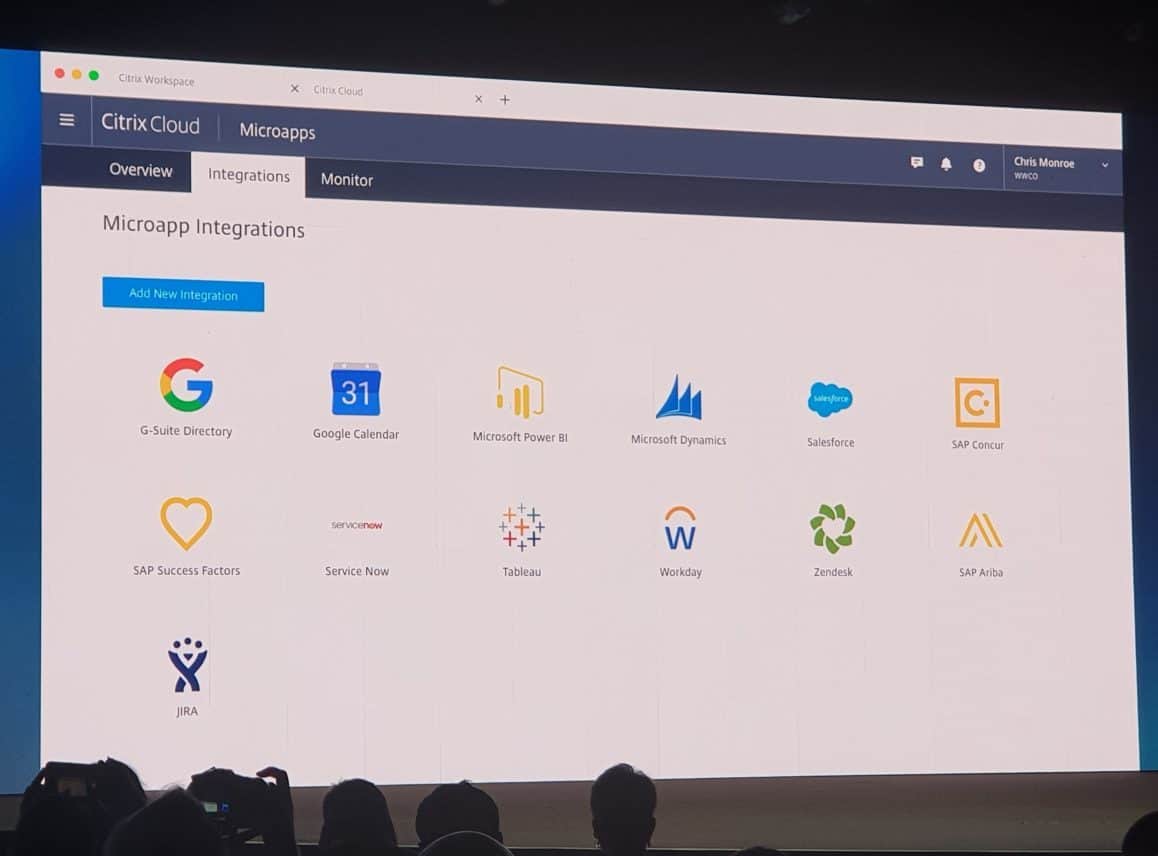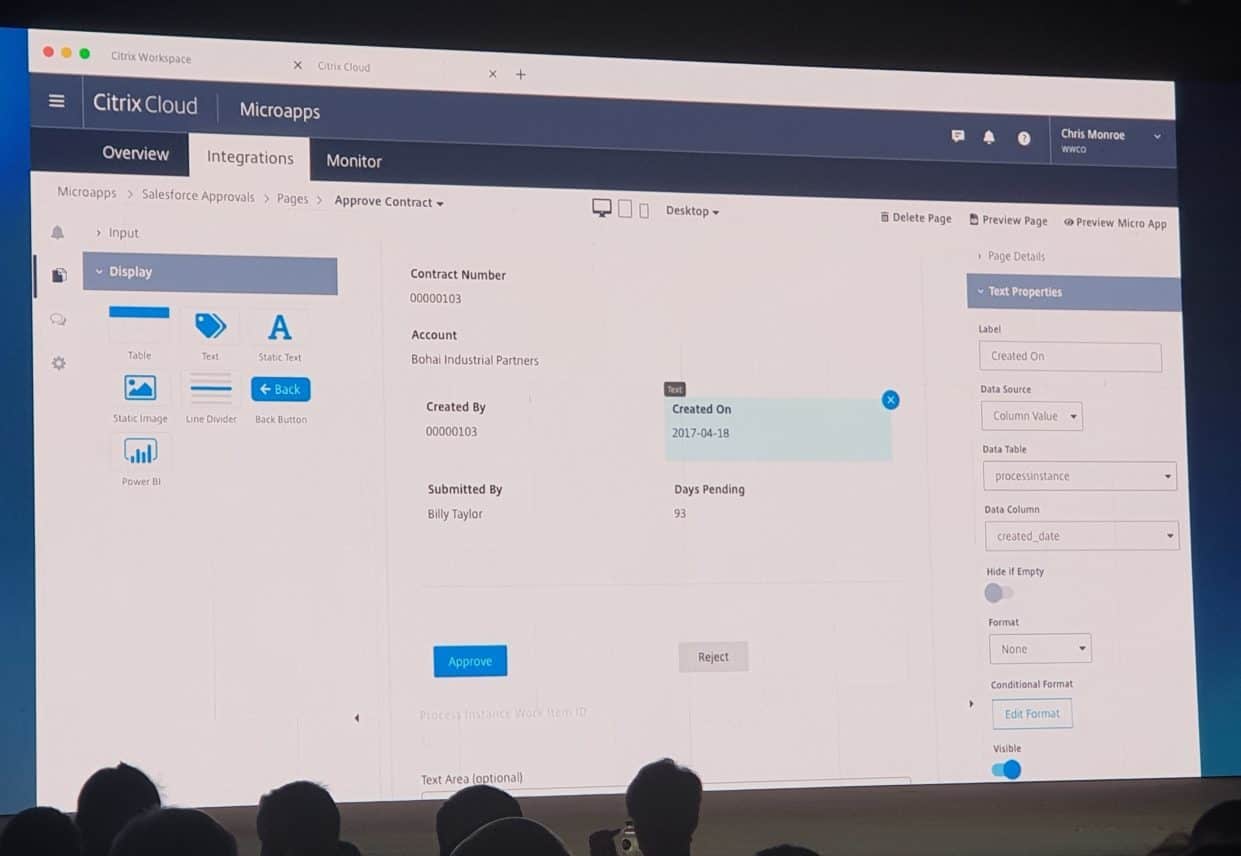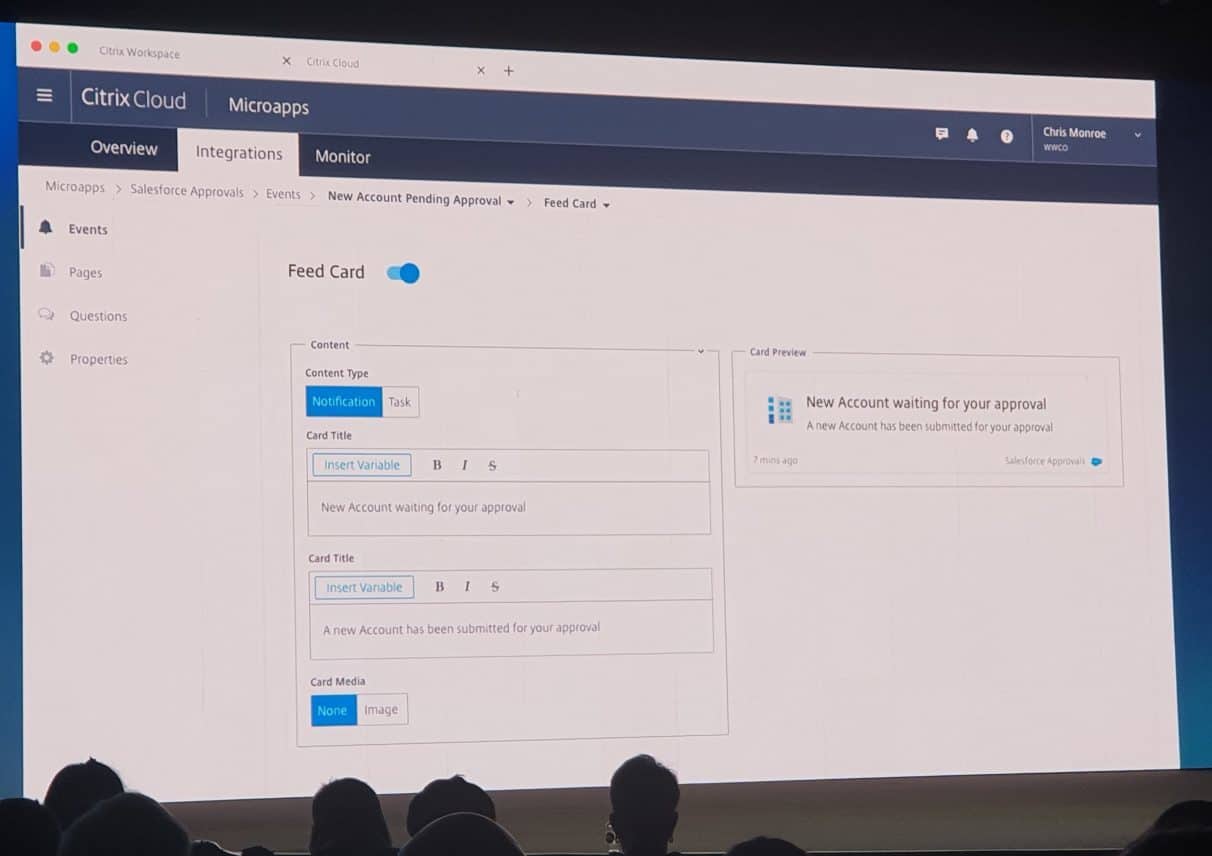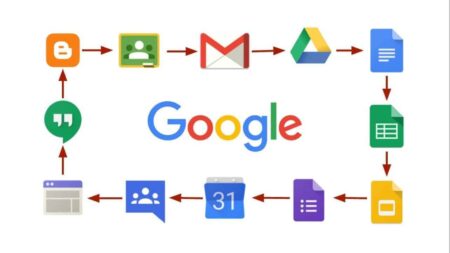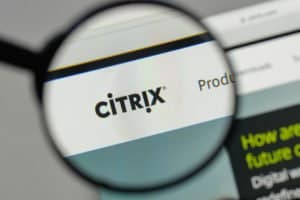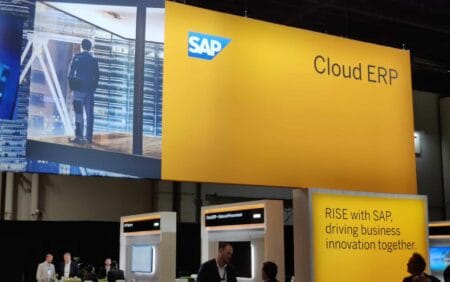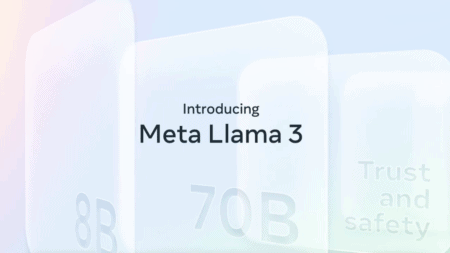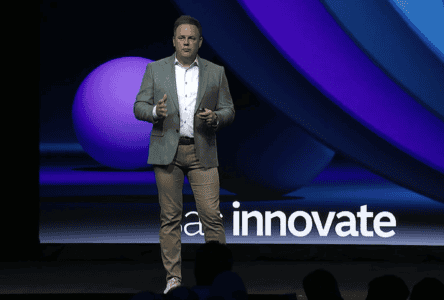At Citrix Synergy in Atlanta, Citrix announced the new version of its Workspace called Intelligent Workspace. The product will be smarter, more innovative and should become the central work environment for every office worker. Citrix defines a new way of working. The question is, of course, whether this will succeed.
Citrix Workspace is not a new product. Last year, the company presented it extensively. At that time, it was mainly about unified working, i.e. one interface, and one way of working, whether it’s in your browser, on your smartphone, tablet or laptop. The experience must be optimal everywhere, and the appearance and buttons must be in the same (logical) place. That basis was established last year. Now it’s time to build on and make the product better. That’s how the Intelligent Workspace makes its entrance.
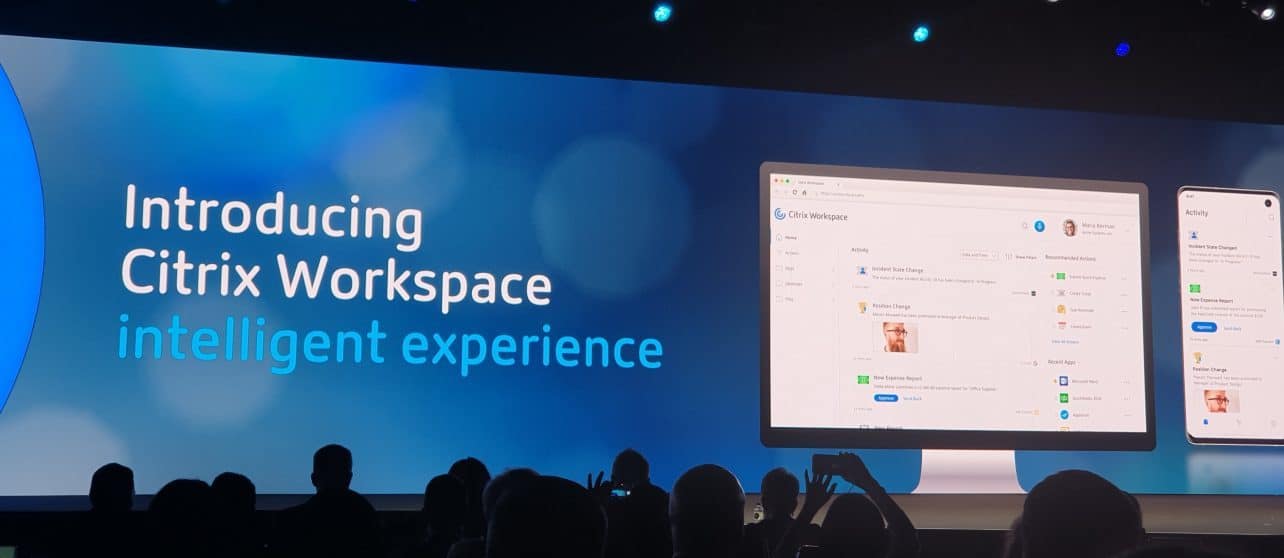
This is a further development of the current Citrix Workspace product. The Intelligent Workspace can be seen as the code name for this new version. It will not be a new or separate product. The most important addition to this version is a so-called timeline, which we also know from Facebook and LinkedIn, for example. However, this timeline is not filled with holiday photos, advertising and spam from your colleagues, but with relevant information and outstanding tasks resulting from integrations with third parties. That may sound a bit complex, but it is, in fact, very simple.
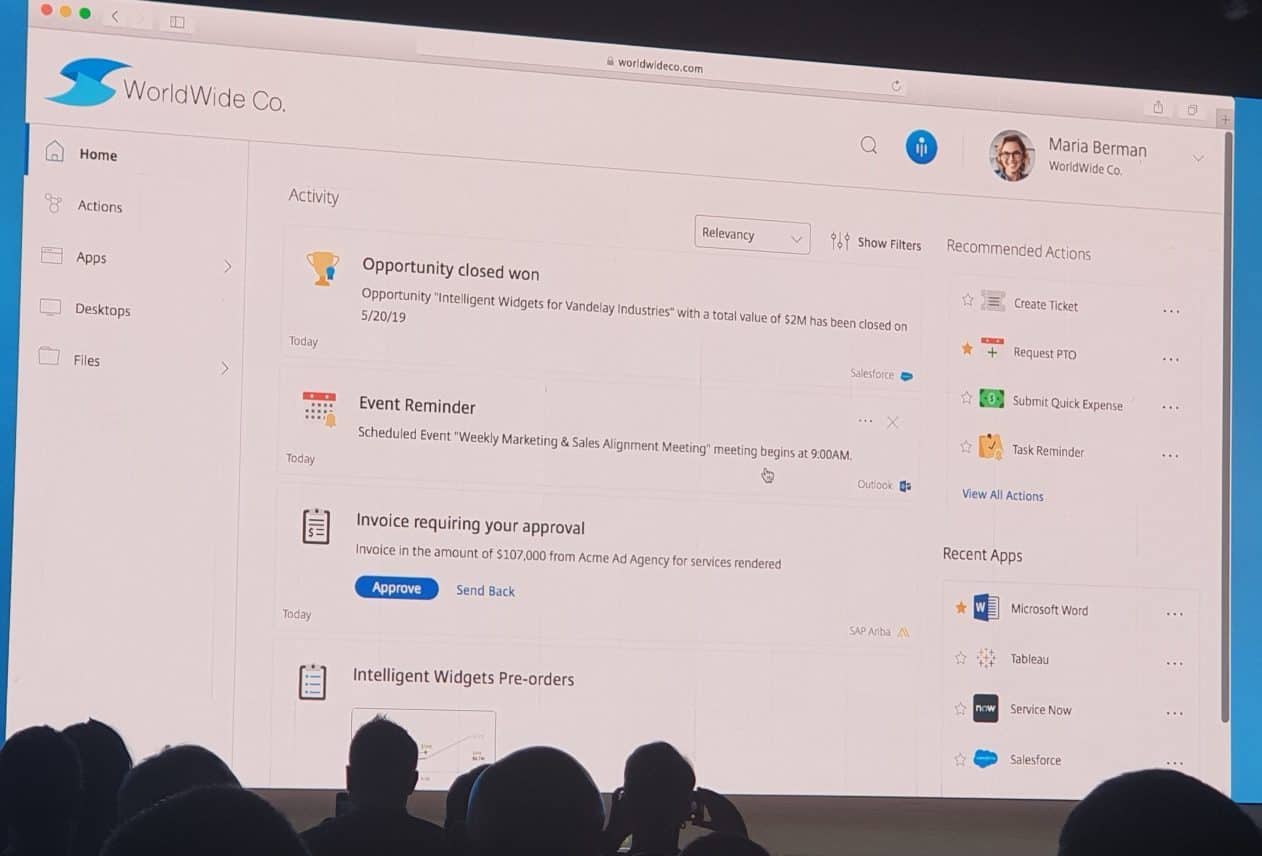
Intelligent Workspace timeline
Last year, we wrote about the integrations that Citrix Workspace needed with external services. Examples are Salesforce, Workday, SAP Ariba, Tableau and ServiceNow. By linking all these SaaS solutions to Citrix Workspace, employees can work more efficiently. The intention is that you will soon be able to perform common tasks and workflows in these SaaS solutions from the timeline in the Citrix Workspace app. You don’t have to leave the Workspace environment and open the Salesforce app, for example. Citrix Workspace talks to these services in the background via APIs.
Some examples of integrations:
- As a manager, you regularly have to approve cost statements from SAP Concur. To do this, you normally have to open that application and press the right buttons. Now Citrix Workspace offers a simple dialog window in the timeline where you can view and approve the declaration with a single click;
- The same applies to requests for holidays via Workday. This can also be done with the push of a button in the timeline;
- If you’re working with colleagues on a deal with a large customer, you want to stay informed about the status of this potential deal. With the Salesforce connection, you can immediately receive a notification in your timeline when the deal is closed;
- Tableau is a service that can visualize data in nice graphs and clear reports. Normally you have to open the Tableau app. With Citrix Workspace, you’ll be able to get that graph into your timeline in real-time. For example, an overview of turnover, profit and costs or the results of a marketing campaign.
There are many more examples; this is only the beginning of the integrations that Citrix Workspace wants to offer. Although it hasn’t been presented like this yet, we’re also going to see integrations that work the other way around. Applying for a holiday or submitting a cost statement from the Citrix Workspace app is an easy step to realize. Users will soon be able to use simple forms and steps to communicate with all kinds of services.
Why is this important, and why is this the new way of working?
Many enterprise organizations have more than 500 different applications. These are all applications that are “best of breed”. The applications are very good at a certain specialized task, so nobody wants to replace or hand them in. The problem, however, is that due to the large number of applications, the employees work much less efficiently. In order to perform many routine tasks, they have to open a different application each time and click through those routines and screens. This can be used, for example, to view reports, check the status of developments or approve claims. In itself, it is very simple and effective, but it takes an enormous amount of time to open all these applications, to log in, to open the right screens and to complete tasks. By taking out all those steps and offering them from the Citrix Workspace environment, an enormous amount of time can be saved. In addition, it provides less distraction, allowing people to continue working with more focus.
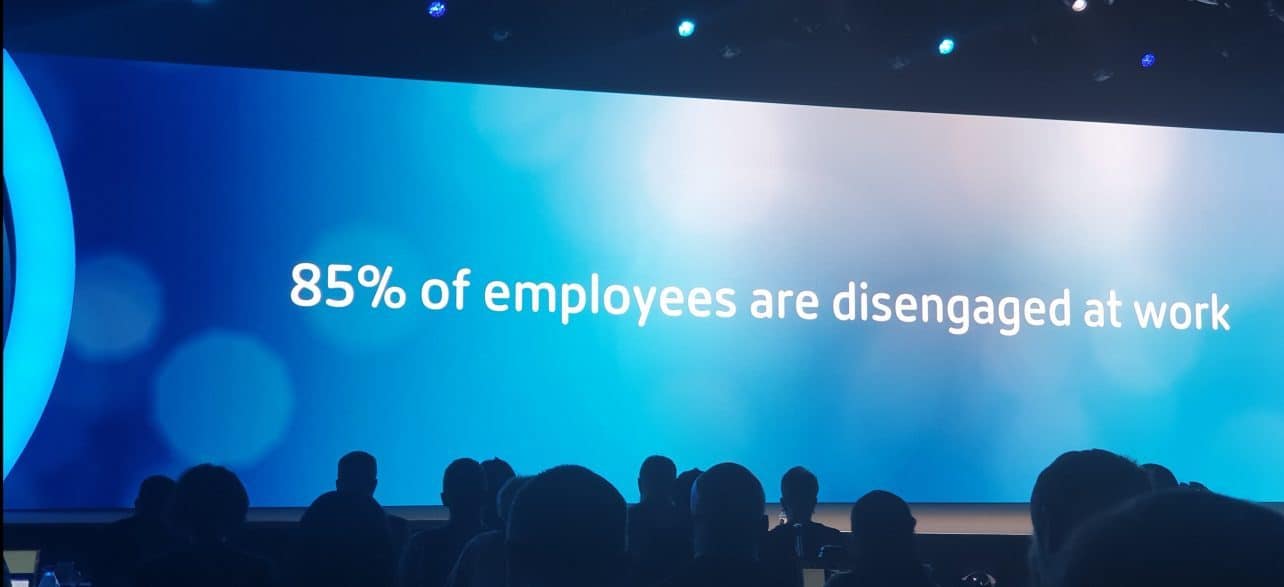
Based on research results presented by Citrix at Synergy, around 85 percent of employees worldwide are often distracted and therefore inefficient at work. This is partly due to all the distractions they are exposed to in their digital environment. Just approving a report in one application, getting rid of an email in between, it all distracts from the “primary work” that the employee is supposed to do. Research has also shown that it takes an average of about 20 minutes to get back on track in the event of a distraction or interruption in work. Citrix himself immediately indicated that this 85 percent undoubtedly differs per region. The fact that it takes an average of 20 minutes to get back to the right concentration after a break is the same everywhere.
Improving the employee’s digital environment and enabling people to work more efficiently and faster will make interruptions much shorter and allow people to work more concentrated.
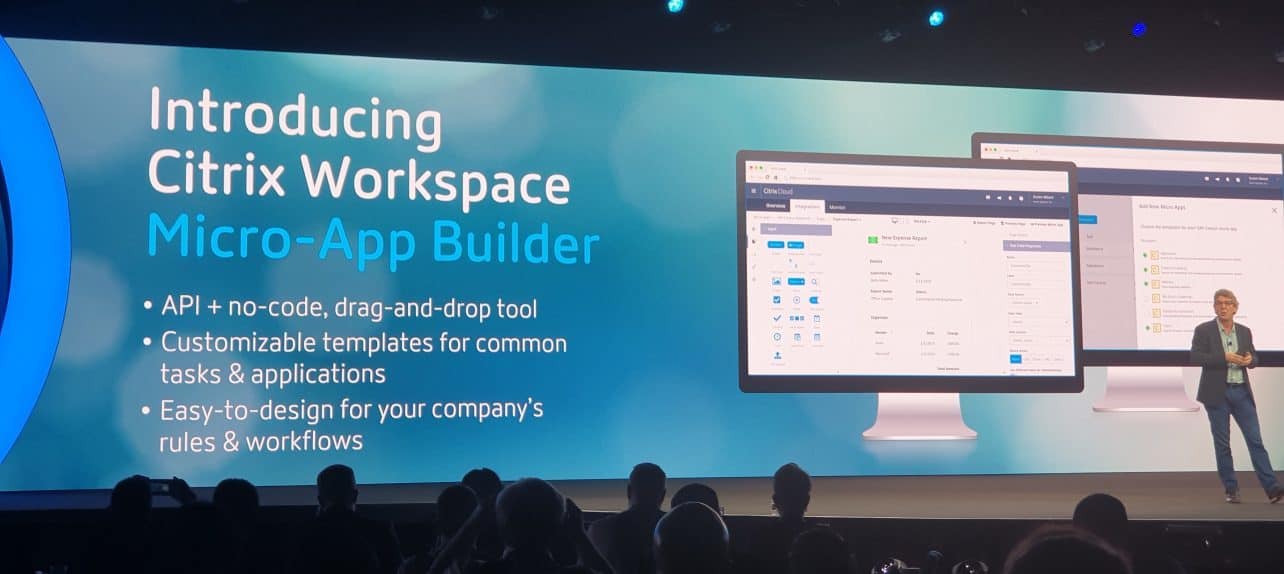
Citrix works on low code environment and API to develop its own integrations
If we look only at the basics of a unified workspace, we already see a lot of advantages in it. The environment you work in is the same on every device, and it’s streamlined, so it’s the same for everyone. Also, it’s simple and intuitive. The step Citrix is now taking towards the integration of third parties may well be the key to great success with a very successful product. Companies are really looking for ways to innovate and make their IT solutions work better for them. With the new generation coming up, this is also a must. The new generation has different requirements and grew up with the simplicity of Android and iOS.
This brings us to another important feature, namely the low-code or no-code environment that Citrix is building. This should make it possible to build integrations with SaaS solutions that Citrix does not yet know. Citrix itself is working hard to support major international SaaS services, some of which we have already mentioned. But suppose a company works with AFAS, Exact or Teamleader, for example, which are more local parties in the Benelux, then this integration will not be readily available. Such parties are not high on the list at Citrix. This new development environment makes it very easy to build such an integration yourself. The user can indicate exactly what needs to be done, which APIs need to be retrieved and which data needs to be retrieved from them. Then you can also choose whether this should only be informative, to display data, for example, or whether it should be followed by actions.
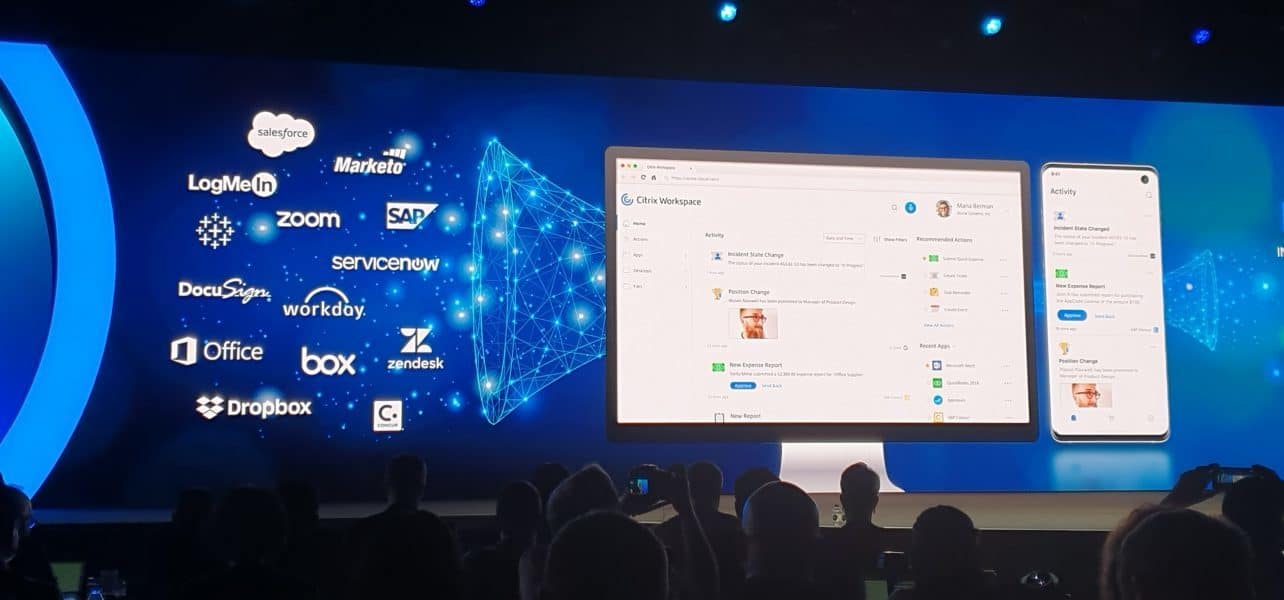
Personal assistant is next step
Another innovation within Citrix Workspace is the introduction of a personal assistant who can be controlled by means of a search or speech, for example. There are more and more applications and integrations, and if Citrix can understand their context, then Artificial Intelligence (AI) and machine learning can serve the user better. For example, voice commands can be given, or certain options can be displayed via a search.
We also asked Citrix how far this would go, because the development of a highly advanced assistant such as Alexa, Siri or Google Assistant seems to fall outside the focus of the company. Peter van Leest, regional director Benelux at Citrix, indicated that Citrix will certainly not go that far. The company will see how it can integrate with existing assistants from a business point of view. And if the company develops its own features, this is mainly focused on speech to text, after which AI analyzes the text to arrive at the desired execution. Having whole conversations with a Citrix assistant is certainly not the goal.
However, it should lead to more efficient use of Citrix Workspace. If you can find and use data or applications more quickly, another step forward has been taken. The exact details of this assistant still seem a bit unclear. Integrating with existing assistants is also undesirable from a business point of view unless there is an enterprise version of Alexa that is not linked to the marketing machines of the consumer version. If you ask Alexa three times now, you will receive advertisements for it on your next visit, which does not appeal to large enterprise organizations. Also the continuous listening will not be accepted in companies.
Citrix has a head start in the Workspace market
Based on our research, Citrix has a head start in the unified workspace market. The biggest competitor is still VMware, but that party is not yet ready. VMware does have a unified workspace, but it doesn’t have in-depth integrations with third parties. This is fairly limited to actions in the email app. VMware does not have its own app with a timeline. Internally, VMware does have an application for its own staff. This application can communicate with various services for declarations and days off, but it is purely for internal use and is not available to customers. Citrix has further expanded its lead; after the summer, all this should become available. There may still be an answer to these innovations during VMworld in the United States this summer, although VMware seems to have a greater focus on other products. Citrix is, therefore, able to distinguish itself more and more, and that was a while ago. After a number of turbulent years, Citrix is back on track. In addition, there will be many more opportunities in the coming years as the unified workspace becomes more and more important.
